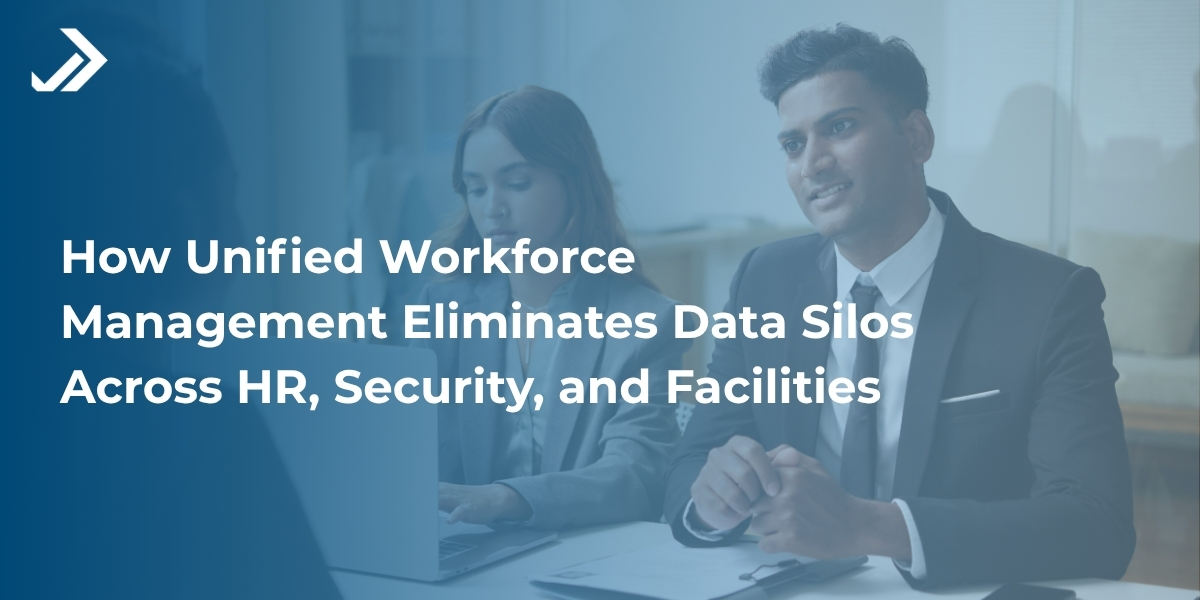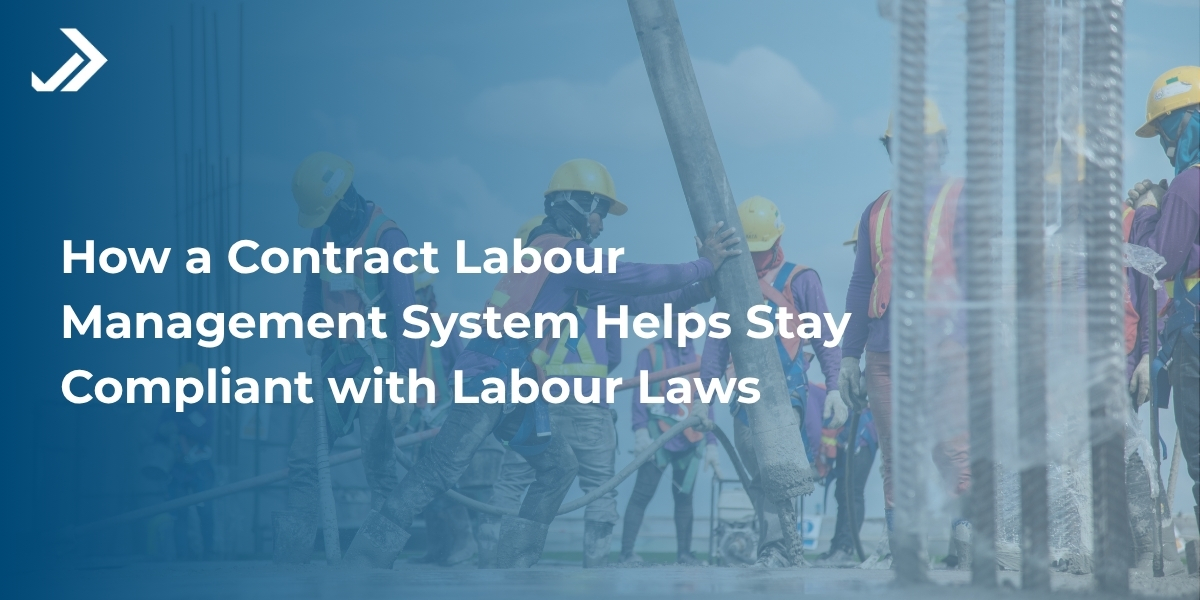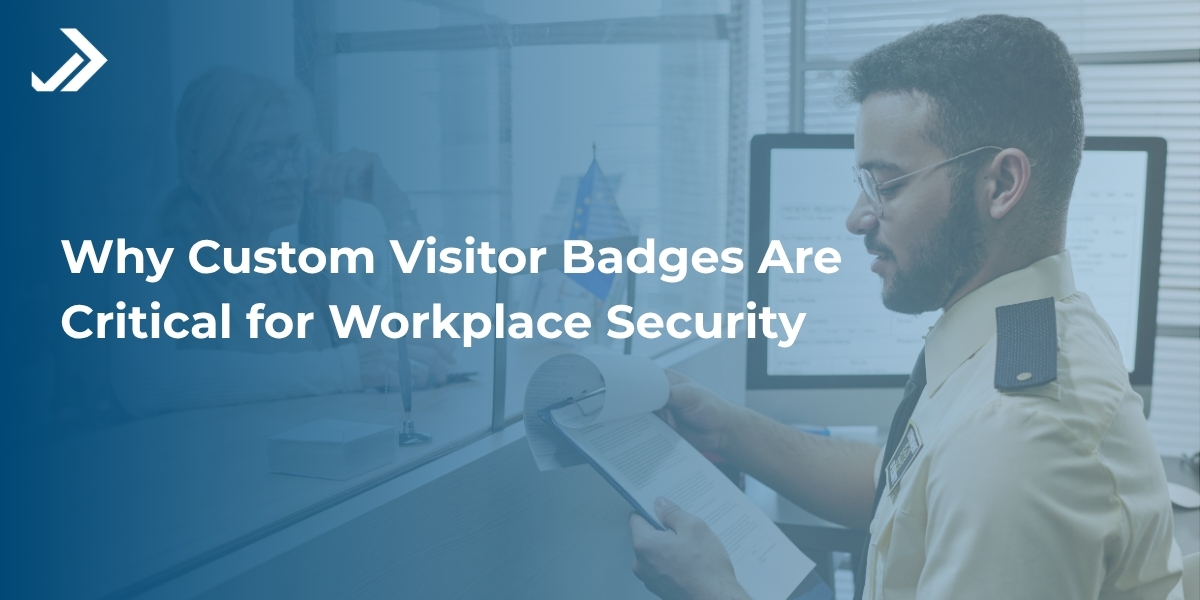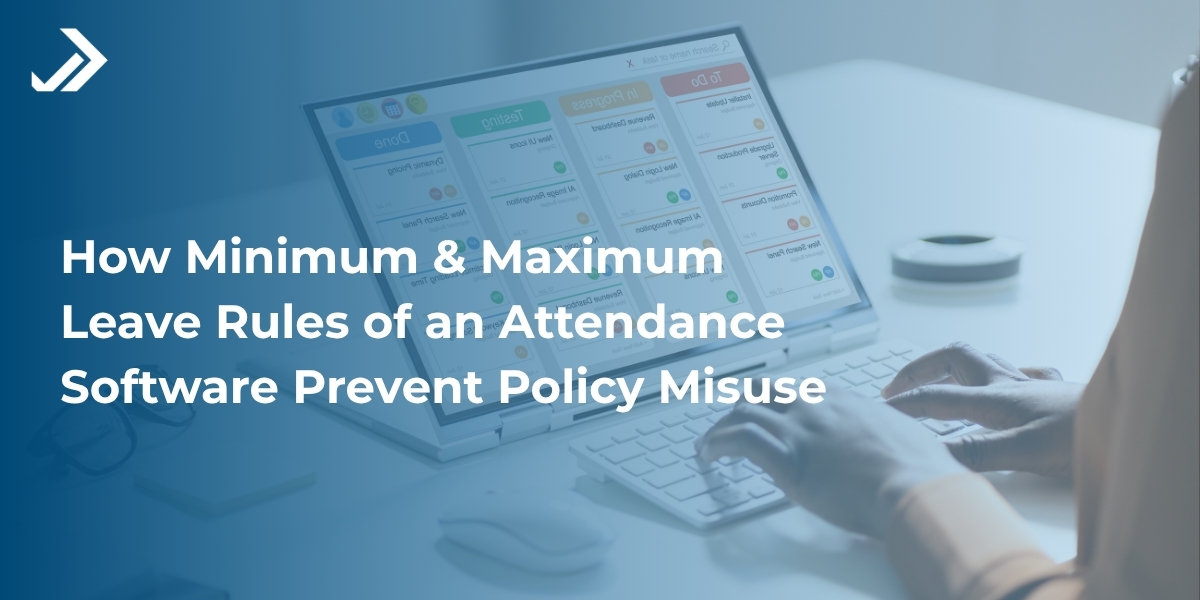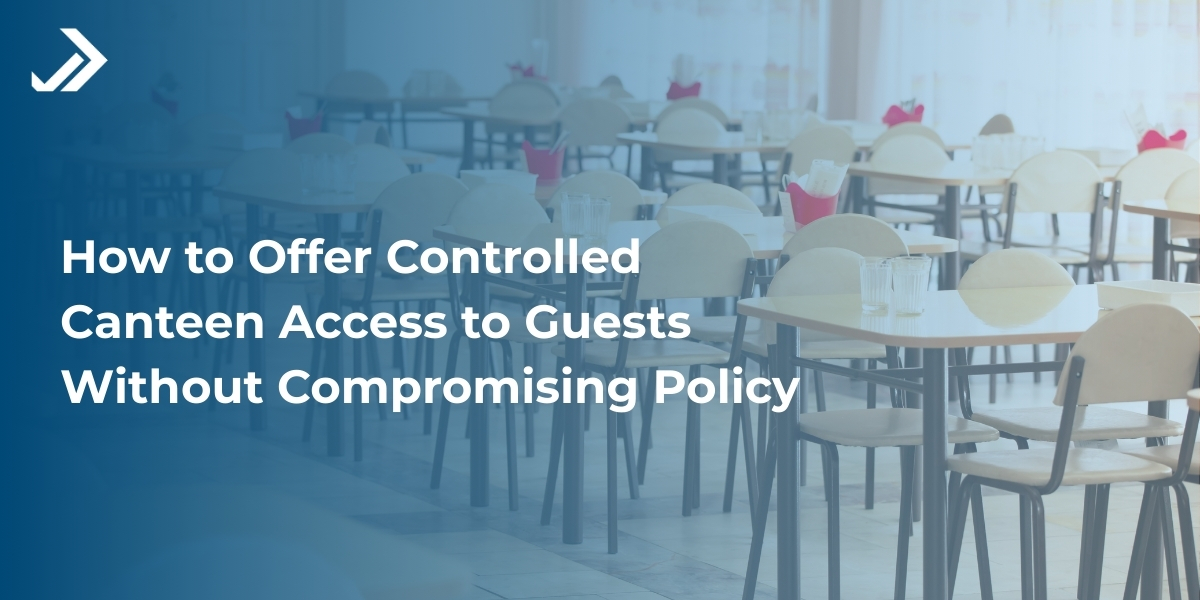

Author : Marketing Team | Follow us on LinkedIn:
23 Sep, 2025
How to Offer Controlled Canteen Access to Guests Without Compromising Policy
Table of Contents
It’s a scene that plays out quietly in many workplaces. A visiting client joins your canteen for lunch. A contractor follows the queue. A vendor grabs a meal during a short visit. By the month’s end, food costs have crept up, quotas are exceeded, and employees notice shortages.
The issue isn’t about offering food to guests. It’s about control. You want to extend hospitality, but without losing oversight of who’s using the facility, when, and how much. A canteen management system addresses this by applying your policies in real-time, ensuring fairness, compliance, and efficiency.
Why Controlled Canteen Access Matters
A workplace canteen is more than just a place to eat; it’s a hub for social interaction and connection. It’s part of your company culture, a benefit employees value, and often a subsidized perk. However, when guests, vendors, or contract staff have open access, your food planning becomes a matter of guesswork.
Without a canteen management system, meal shortages can occur during peak hours, budgets can be exceeded, and internal subsidy rules may be broken without anyone noticing. Over time, this erodes both financial control and employee satisfaction.
Controlled canteen access ensures resources are used as intended. Employees get their rightful privileges, guests are welcomed with clear limits, and finance teams receive accurate data for budgeting.
Feature in Focus: Access Control for Canteen Usage
Modern canteen management software is far more than a billing tool. It acts as a gatekeeper for who enters, what they can consume, and when.
With such software, you can issue RFID cards, QR codes, or mobile-based passes that carry specific rules. These might include validity for certain meal slots, a fixed number of meals per day, or restricted access on particular days.
When integrated with visitor management or attendance systems, the canteen management system automatically revokes access once a visit ends or a contract term is over. This prevents lingering access and ensures accurate records. Meal quotas—daily, weekly, or monthly are enforced automatically, reducing the need for manual monitoring.
Managing Visitor and Guest Canteen Access Without Disruptions
Hospitality should be smooth, not disruptive. With the right canteen management software, you can connect guest canteen access directly to visitor passes or pre-registration details.
For example, if a meeting is scheduled from 11 AM to 3 PM, the host can request guest canteen access that is valid only during lunch hours within that window. This ensures guests are accommodated without overwhelming the employee dining rush.
Once the guest checks out, the canteen management system instantly disables their access. This eliminates the misuse of forgotten passes and provides management with clear usage reports for tracking and reconciliation.
Handling Contract Staff and Temporary Worker Access
Contract workers occupy a unique position. They may be on-site for weeks or months, but their entitlements are often different from those of full-time employees. Without rules enforced by a canteen management system, this can lead to uncontrolled usage.
Role-based access can be configured to allow contractors entry only during their scheduled breaks. Vendors can have a monthly meal quota that the canteen management software automatically tracks and locks once reached.
Integration with contractor attendance ensures that only those who clock in receive canteen privileges. This ensures accurate billing and aligns consumption with actual workdays.
Benefits of Controlled Canteen Access
An effective canteen management system delivers measurable value across departments:
- Transparency: Every meal served is linked to a verified user profile.
- Policy Enforcement: Subsidy limits, quotas, and eligibility rules are applied without manual checks.
- Cost Optimization: Prevents over-ordering and controls food subsidy expenses.
- Operational Efficiency: Reduces administrative workload for HR, finance, and canteen teams.
- Security: Limits access to canteen areas, reducing unauthorized movement in the facility.
With canteen management software, these benefits aren’t abstract; they’re visible in your usage reports, budget sheets, and overall employee satisfaction.
Implementation Best Practices
A successful rollout of controlled canteen access starts with clear planning.
First, define every user category: employees, guests, contractors, vendors, interns, and temporary workers. Use your canteen management system to assign specific access rights to each.
Second, opt for a centralized solution that integrates with your visitor management and attendance systems. This ensures that data flows in real-time, eliminating inconsistencies.
Third, train your front-desk staff to issue and verify access credentials, and ensure canteen staff can confidently identify valid passes.
Lastly, review your canteen management software reports regularly. Weekly or monthly audits help spot unusual usage patterns early, allowing you to adjust policies before they become problems.
Conclusion
Balancing hospitality with policy enforcement isn’t about choosing one over the other; it’s about striking a balance between the two. With a well-implemented canteen management system, you can welcome guests warmly while maintaining controlled operations, predictable costs, and upholding established policies.
By pairing access control with the automation of canteen management software, you create a dining environment that works for everyone. Guests feel looked after, employees retain their benefits, and management enjoys the clarity that comes with accurate, real-time data.
In the end, controlled canteen access is about fairness, transparency, and smart resource management, ensuring every meal served is exactly where it’s meant to be.


